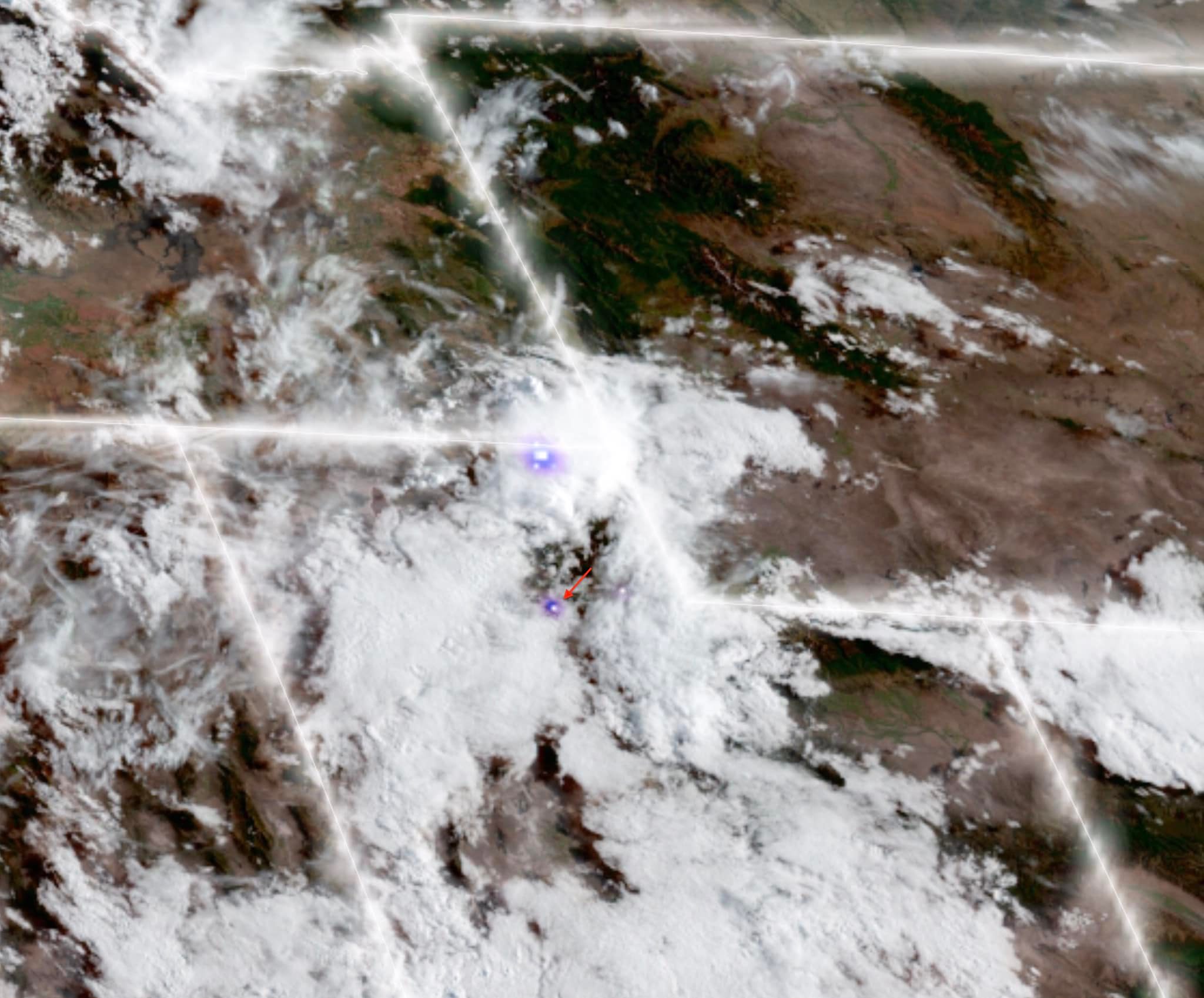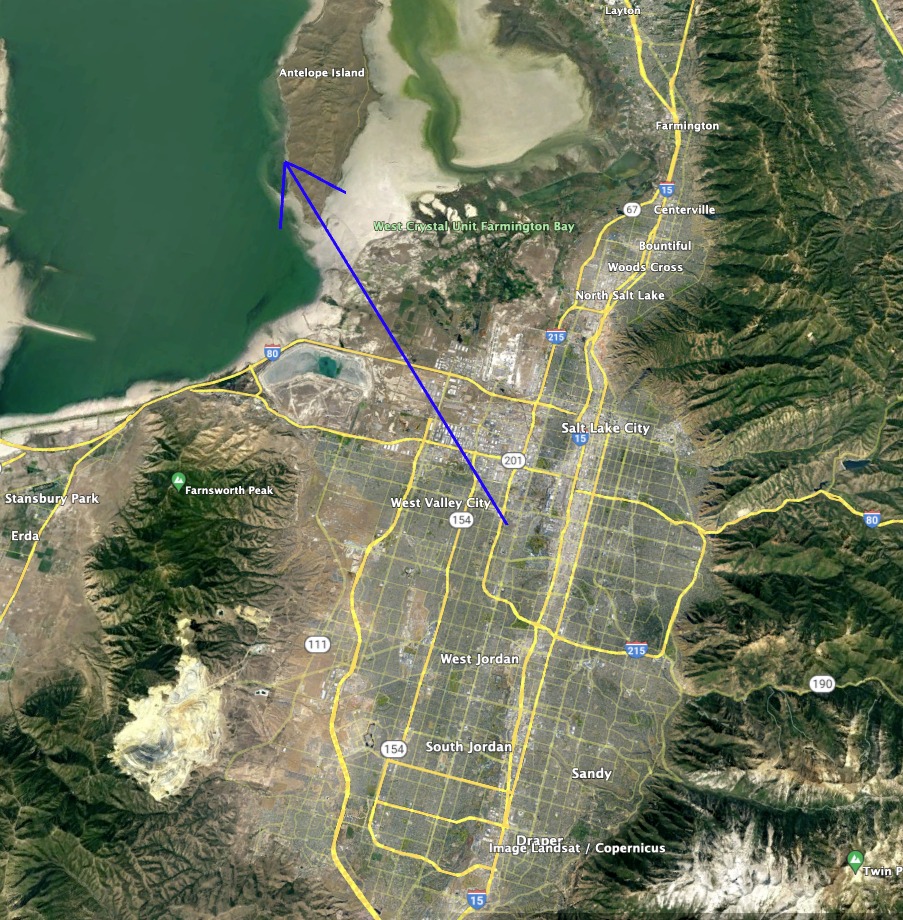A bright meteor flew through the skies over northern Utah on Saturday morning, later raining down meteorites over the Great Salt Lake.
Residents of the Salt Lake City area were startled by loud booms at 8:30 a.m. MDT on Saturday, Aug. 13, 2022. Eyewitnesses saw a fireball in the sky, 16 times brighter than the full Moon.

Approximately 22,000 miles out in space, NOAA’s Geostationary Lightning Mappers (GLM) onboard the Geostationary Operational Environmental Satellites (GOES) 17 and 18 detected the meteor, which was first seen 50 miles over West Valley City. However, it is difficult to pinpoint its exact trajectory.
“Daytime fireballs are very tough to analyze,” said Bill Cooke, lead of NASA’s Meteoroid Environments Office at Marshall Space Flight Center in Huntsville, Alabama. “There are few eyewitness sightings of the fireball and videos posted on social media are difficult to calibrate without stars in the background.”

After traveling northwest at 39,000 miles per hour, the object – a piece of an asteroid about 2 feet across – broke apart above the eastern shore of the lake. “One meteorite has been recovered from the lake shore,” said Cooke. “There are probably more, but I would expect the vast majority fell into the water.”
NASA studies meteoroid environments in space to protect astronauts and satellites in space. NASA’s Meteoroid Environment Office prepares meteoroid forecasts for missions like Artemis I, the first integrated test of NASA’s deep space exploration systems: the Orion spacecraft, Space Launch System rocket, and the ground systems at Kennedy Space Center in Cape Canaveral, Florida. The Artemis I launch is currently targeted for Aug. 29.
For more information on NASA’s All Sky Fireball Network, visit:
https://fireballs.ndc.nasa.gov
To follow and share meteor updates, visit:
https://www.facebook.com/NasaMeteorWatch
By Hannah Maginot
source: blogs.nasa.gov